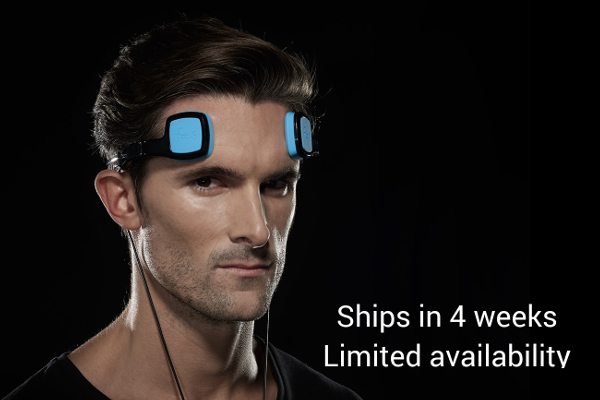Also, if you live in the Boston area, Thync is recruiting for alpha-testing. https://www.surveymonkey.com/s/AlphaRecruitment
Alcohol and coffee are about to get competition from a set of electrodes you wear on your head. Branded the Thync, the calming effect it produces is comparable to how you feel after an alcoholic drink, while the energising effect is similar to a cup of coffee, says Isy Goldwasser, the CEO and co-founder of this Silicon Valley-based startup. The company plans to start selling the device through its website in 2015.
Goldwasser envisages people using the Thync “vibes” to help them unwind after a long day at work, or to get a caffeine-free pick-me-up. “We are giving people a way to overcome a basic limitation – that no one is really wired to co-opt energy and calm on demand,” he says.
It doesn’t work for everyone though. About a third of people don’t have a strong response. When I try a prototype I feel a tingling where it makes contact with my skin, but no particularly serene feeling, even after a few sessions. The energising vibe also fails to do much for me.
via A mood-changing headset, Thync, that uses electrodes to perk you up | Technology | The Guardian.

